Introduction
Chestnuts, scientifically known as Castanea mollissima, are a beloved delicacy enjoyed worldwide, particularly during the colder seasons. Their sweet, nutty flavor and creamy texture make them an ideal snack, whether roasted, baked, or boiled. Among these preparation methods, boiling chestnuts, commonly referred to as oil chestnuts or simply chestnuts in many regions, offers a unique way to preserve their natural sweetness while ensuring a tender, cooked interior. However, achieving the perfect boil time for chestnuts can be a delicate balance, as overcooking can lead to a mushy texture, while undercooking may result in a hard, unpleasantly chewy center. This article delves into the intricacies of boiling chestnuts, exploring the optimal boil time, preparation tips, and the various factors that can influence the final outcome.
Understanding Chestnut Varieties and Their Cooking Characteristics
Before diving into the specifics of boil time, it’s crucial to understand the different varieties of chestnuts and how they respond to cooking. Castanea mollissima, native to China and widely cultivated in Asia, is the most common type used for boiling. These chestnuts are characterized by their smooth, glossy shells and sweet, aromatic flesh. Other varieties, such as the European chestnut (Castanea sativa), may have slightly different textures and flavors but generally follow similar cooking guidelines.
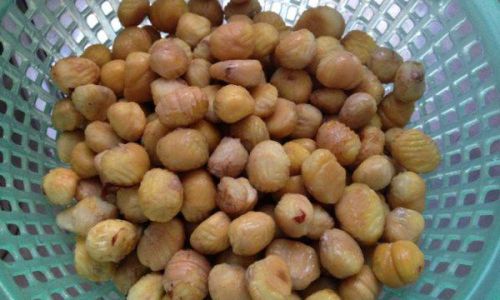
When selecting chestnuts for boiling, look for firm, uncracked shells with a uniform brown color. Freshness is key; chestnuts lose moisture and flavor over time, so try to purchase or harvest them as close to cooking as possible.
Preparation Before Boiling
Proper preparation is essential for achieving the best results when boiling chestnuts. Here are the steps you should follow:
-
Cleaning: Rinse the chestnuts under cold running water to remove any dirt or debris clinging to their surfaces.
-
Scoring: Using a sharp knife, make a small ‘X’ or cross on the flat side of each chestnut shell. This step allows steam to escape during boiling, preventing the shells from bursting and making it easier to peel the chestnuts after cooking.
-
Soaking (Optional): Some recipes recommend soaking chestnuts in water for a few hours or overnight before boiling. This can help soften the shells slightly, making peeling easier but may not significantly affect the cooking time.
Determining the Optimal Boil Time
The boil time for chestnuts can vary depending on their size, freshness, and the desired texture. However, a general guideline is to boil chestnuts for approximately 15 to 20 minutes after reaching a rolling boil. Here’s a step-by-step guide to ensure perfect results:
-
Bring Water to a Boil: Fill a large pot with enough water to fully submerge the chestnuts. Add a pinch of salt if desired (this enhances flavor but is optional). Bring the water to a rolling boil over high heat.
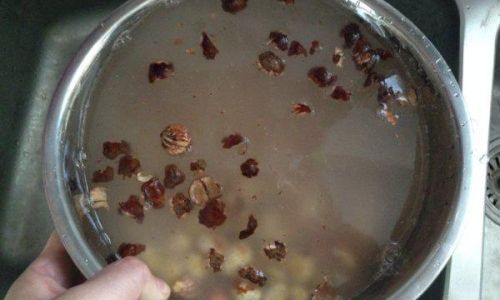
-
Add Chestnuts: Carefully drop the prepared chestnuts into the boiling water. Stir gently to ensure they don’t stick to the bottom of the pot.
-
Boil: Reduce the heat to medium-high and maintain a gentle boil. Start timing once the water returns to a rolling boil. For small to medium-sized chestnuts, 15 minutes is usually sufficient. Larger chestnuts may require up to 20 minutes.
-
Test for Doneness: After the initial boil time, remove one chestnut and let it cool slightly. Peel it open to check the interior. The flesh should be tender but not overly soft or mushy. If it’s still too firm, return the chestnuts to the boiling water for an additional 2-5 minutes and test again.
Factors Influencing Boil Time
Several variables can affect the optimal boil time for chestnuts:
- Size: Larger chestnuts take longer to cook through than smaller ones.
- Age and Freshness: Freshly harvested chestnuts cook faster and retain more moisture than older, dried-out ones.
- Altitude and Climate: Chestnuts grown in cooler, higher-altitude regions may have thicker shells and require slightly more cooking time.
- Water Temperature and Pot Size: Using a larger pot with plenty of water ensures a more consistent boil temperature, which can affect cooking time.
Post-Boiling Tips
Once the chestnuts are cooked to perfection, here’s how to handle and enjoy them:
-
Draining: Remove the chestnuts from the boiling water using a slotted spoon and let them drain on a kitchen towel or paper towels.
-
Cooling: Allow the chestnuts to cool slightly before handling. They will be easier to peel when they are warm but not hot.
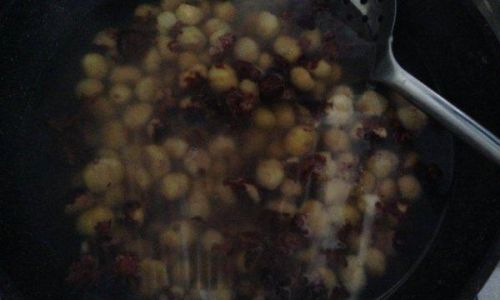
-
Peeling: Peel the chestnuts while they are still warm. The ‘X’ you made on the shell should make it easier to peel away the shell and inner skin.
-
Storage: If you’re not planning to eat the chestnuts immediately, you can store them in an airtight container in the refrigerator for up to a week. Reheat them gently before serving to maintain their texture.
Creative Ways to Enjoy Boiled Chestnuts
Boiled chestnuts are versatile and can be enjoyed in various ways:
- Plain: As a simple, healthy snack on their own.
- In Salads: Mixed with roasted vegetables, nuts, and a light vinaigrette for a nutritious, fall-inspired salad.
- In Desserts: Pureed and used as a filling for pastries or added to cakes and cookies for a unique, nutty flavor.
- In Savory Dishes: Chopped and added to stuffing, risotto, or stir-fries for a rich, earthy taste.
Conclusion
Boiling chestnuts is a straightforward yet rewarding way to enjoy their natural sweetness and creamy texture. By following the guidelines outlined in this article—selecting fresh chestnuts, preparing them properly, and paying attention to boil time and other influencing factors—you can achieve perfectly cooked chestnuts that are tender, flavorful, and ready to be enjoyed in countless ways. Whether you’re looking for a simple snack or a unique ingredient for your next culinary adventure, boiled chestnuts offer a delightful, nutritious option that’s sure to please. Happy cooking!
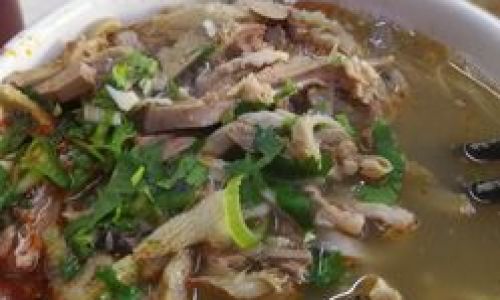
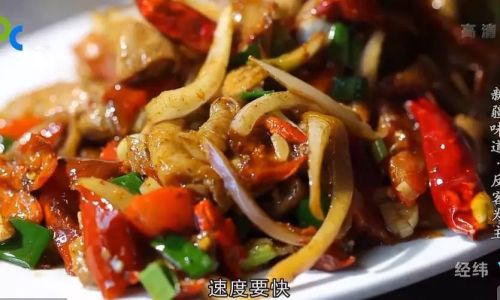
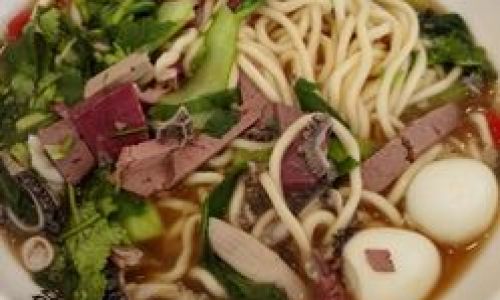
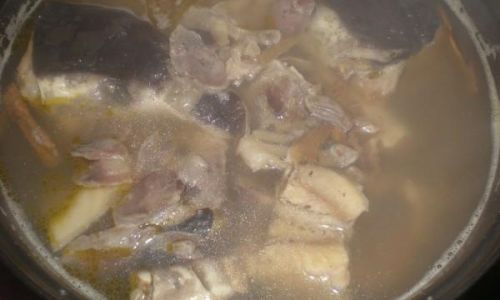

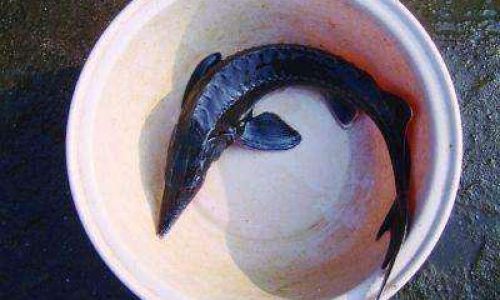
0 comments